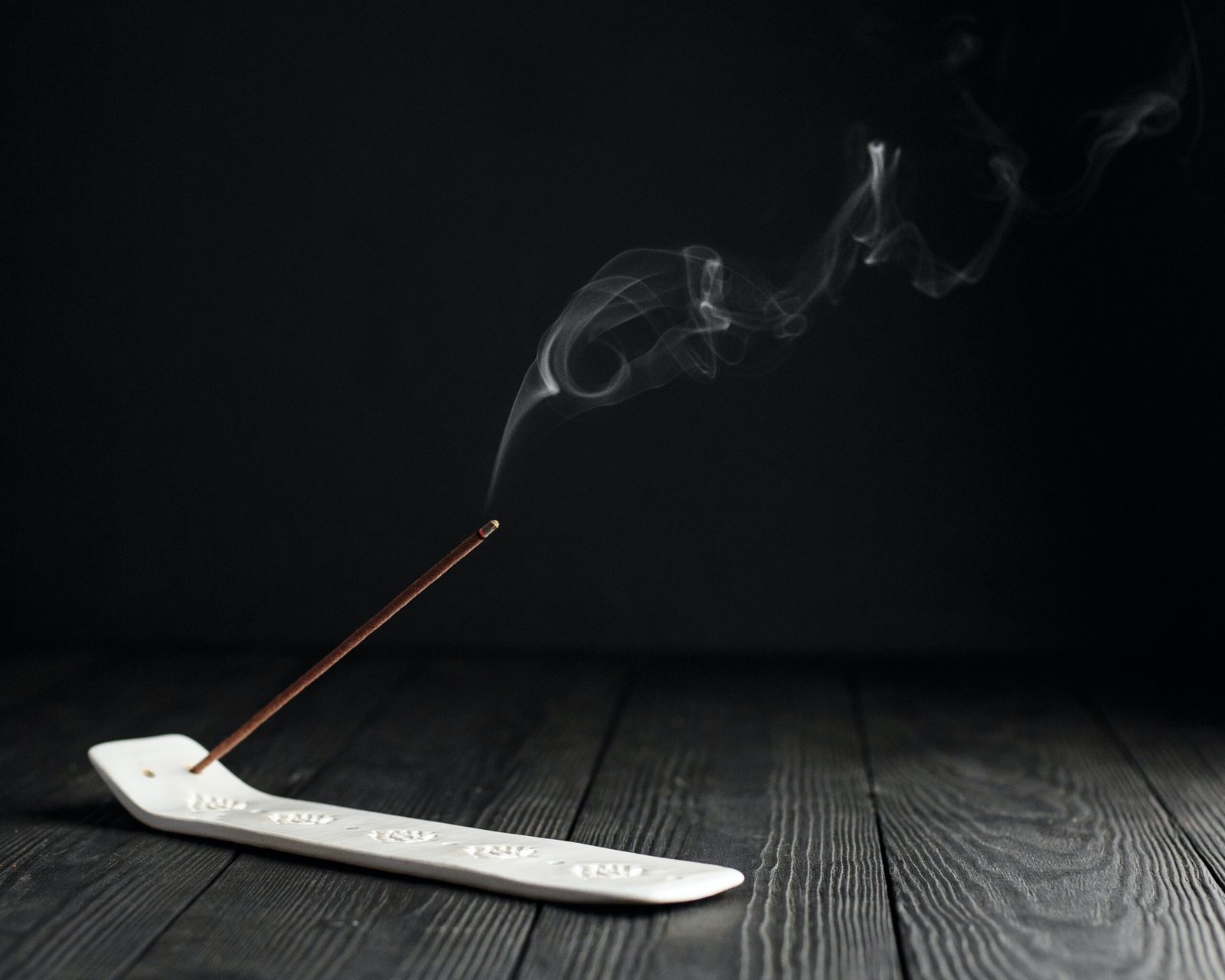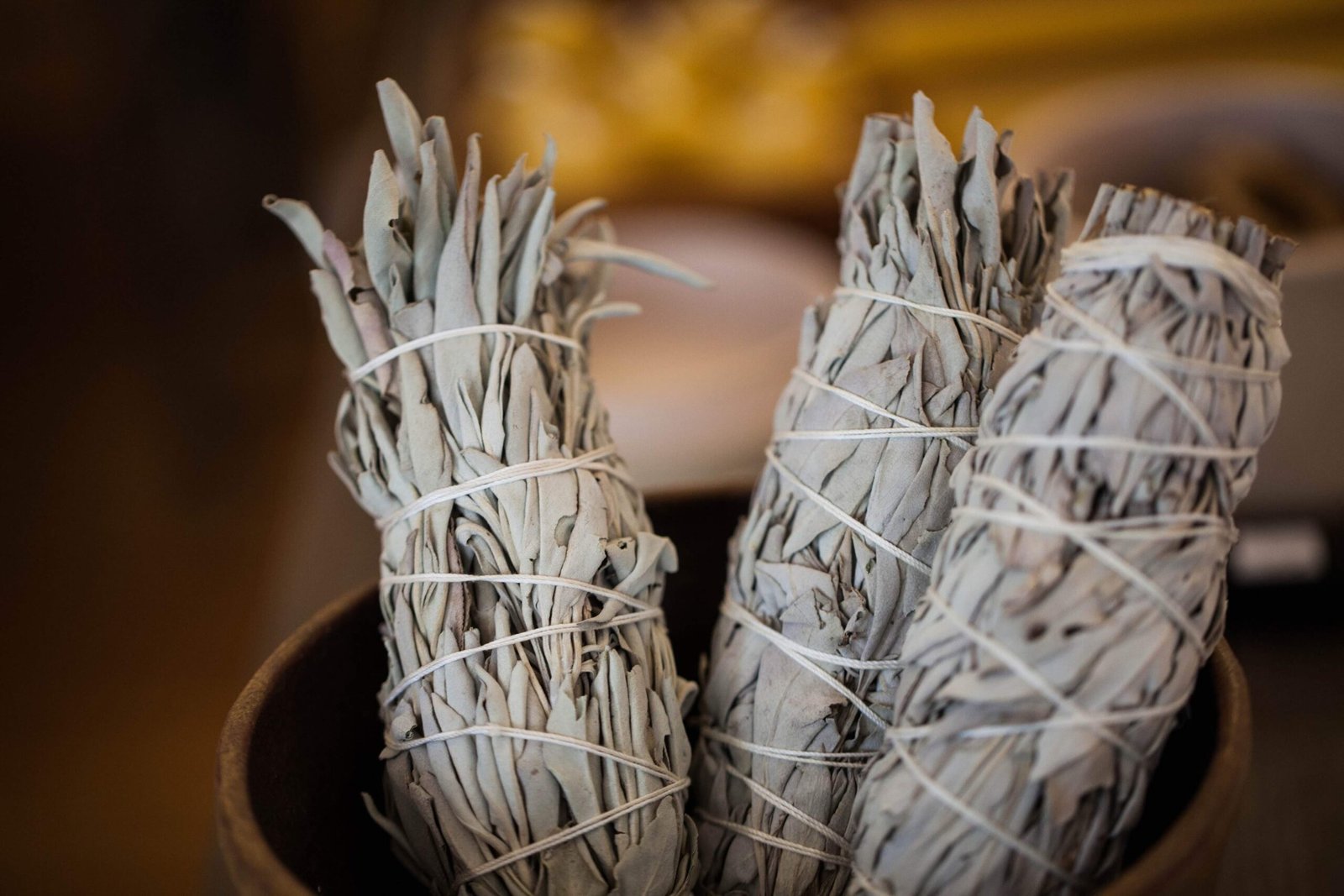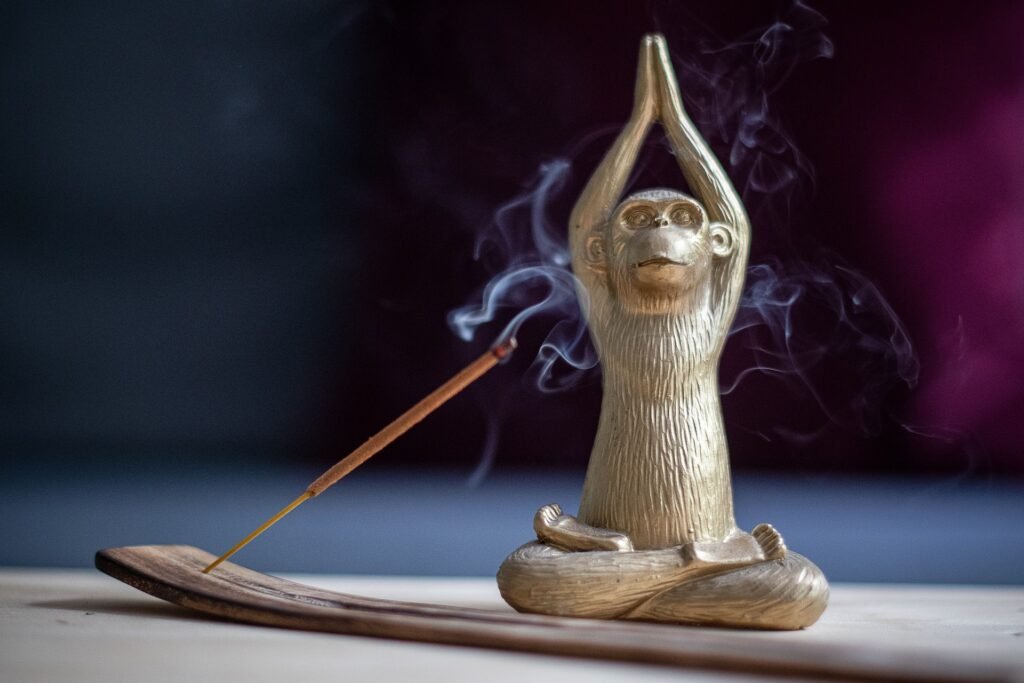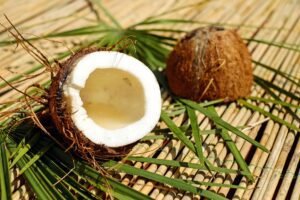Introduction
From the sanctified temples of India to the bustling markets of the Middle East, incense has been a staple for rituals, meditation, and aromatherapy for millennia. But incense is far more than just fragrant smoke—it’s an intricate world teeming with variety and meaning. This comprehensive guide will serve as your go-to resource for understanding the rich tapestry that makes up the different types of incense, their unique scents, origins, and specific uses. Whether you’re a casual user or an incense aficionado, understanding the nuances among various incense types can profoundly enhance your experience and broaden your horizons.
Why Knowing Incense Types Matters
In today’s world, we often limit our scent experiences to quick sprays of air fresheners or hastily lit candles. But exploring the diverse range of incense types can offer more than just a pleasant smell. It opens doors to holistic wellness, enriches our cultural understanding, and elevates our spirituality. This knowledge isn’t just a luxury for your nose; it’s a crucial aspect of living a more enriched and respectful life.
Personal Use
Significance in Meditation: People have used incense for thousands of years to enhance meditation. As the smoke rises, it mirrors our spiritual aspirations and creates a sacred, solitary atmosphere. However, not all types of incense work equally well for meditative practices. Sandalwood incense sticks, for instance, excel at quieting the mind and guiding it to inner stillness. But choosing the wrong type can distract or even agitate you.
Role in Aromatherapy: Similarly, aromatherapy—an ancient practice of promoting physical and psychological well-being through the sense of smell—also greatly benefits from the right choice of incense. Incense cones with a Lavender base, for example, are excellent for stress relief and relaxation. Their concentrated scent profile and quicker burn time make them well-suited for shorter sessions focused on immediate relief.
Cultural Sensitivity
Global Cultural Landscapes: Incense holds a special place in the rituals, ceremonies, and daily lives of people across diverse cultures. From the Buddhist temples in Japan to the Native American purification rites, the role of incense is as varied as the cultures that use them. Therefore, understanding the types preferred by different cultures is not just an academic exercise; it’s an expression of respect and global awareness.
Avoiding Cultural Appropriation: Take the example of Sage smudge sticks, which come from Native American traditions. People use them in rituals to cleanse spaces and individuals of negative energy. Treating Sage smudge sticks as a ‘trendy’ space-cleansing method without understanding their roots risks unintentional cultural appropriation. Knowing their origin, purpose, and correct usage allows you to

The Core Types of Incense
Navigating the various types of incense is akin to sifting through a treasure trove of aromatic jewels. Each type of incense offers a distinct olfactory experience, shaped by its origin, preparation, and intended use. Let’s unbox this aromatic treasure and delve deep into the most popular types of incense that have charmed civilizations for centuries.
Incense Sticks (Agarbatti)
Common Scents: Sandalwood, Lavender, Rose
Origins: Primarily from India
Best For: Everyday use, meditation, aromatherapy
Usage Tips: To get the most out of incense sticks, opt for a dedicated holder and place it in a well-ventilated yet wind-free zone.
The incense stick, or “Agarbatti” as it’s known in its birthplace of India, is arguably the most versatile and widely-used form of incense across the globe. Often handmade, these sticks are soaked in essential oils, providing a rich and layered scent profile that can fill a room or accompany your yoga or meditation sessions. The ease of use makes them perfect for beginners and aficionados alike. One simply can’t talk about incense without acknowledging the cornerstone that is the incense stick. Do you know how We Detect the Smell of an Agarbatti Incense Stick? The answer is right under your nose.
Incense Cones
Common Scents: Pine, Myrrh, Frankincense
Origins: Predominantly popular in the Western world
Best For: Ceremonial uses, small spaces
Usage Tips: Use a fireproof dish for burning and make sure to place it on a stable surface.
Incense cones are the concentrated epicenter of aromatic experience. These small, conical-shaped incenses pack a powerful punch of scent in a short amount of time. Ideal for smaller spaces or more formal ceremonies, incense cones emit a strong aroma and a more voluminous smoke, making them a go-to for those looking to make an impactful aromatic statement. When the situation calls for it, the incense cone rises to the occasion—literally and figuratively.
Backflow Cones
Common Scents: Lavender, Sandalwood, Jasmine
Origins: Gaining popularity globally, especially in Eastern and Western markets
Best For: Visual aesthetics, relaxation, meditation spaces
Usage Tips: Use with a specialized backflow incense burner for the full visual effect; ensure good ventilation in the area.
Backflow cones are a captivating twist on traditional incense. Unlike regular cones, these are designed with a hollow interior that allows the smoke to flow downward rather than rising up. This creates a mesmerizing waterfall-like effect when used with a compatible backflow burner. Ideal for meditation rooms or spaces where you want to add a visual element to the aromatic experience, backflow cones offer both scent and spectacle. They are particularly popular in settings where ambiance is key, and they offer a unique, multi-sensory experience that sets them apart from other types of incense. Learn how to use Backflow Cones here.
Resin Incense
Common Scents: Dragon’s Blood, Copal, Guggul
Origins: Traced back to ancient Egypt and commonly used in churches
Best For: Spiritual and religious ceremonies
Usage Tips: Requires charcoal disks for burning and a fireproof dish to catch any ash or residue.
For the purists among us, resin incense is the epitome of authenticity. Harvested directly from tree sap, shrubs, or other natural sources, this type of incense is as close as you can get to the raw materials used by our ancestors. Often used in sacred and religious contexts, the experience of burning resin incense is ritualistic in itself, requiring charcoal disks for the burning process. When you’re seeking a deeply spiritual or ceremonial experience, nothing quite matches the potency of resin incense.
Coil Incense
Common Scents: Citrus, Musk, Spices
Origins: Primarily popular in East Asia
Best For: Long-lasting aroma, outdoor events
Usage Tips: These coils can be hung or placed in specialized holders and are ideal for outdoor use due to their longevity.
If you want a long-lasting aromatic experience, coil incense delivers unmatched longevity. Primarily from East Asia, these spiraled wonders can burn for extended periods. This makes them perfect for outdoor events or places of worship where you want a sustained aroma. Despite their longevity, coil incenses don’t compromise on quality. They often feature complex scent profiles, providing a long-lasting and intricate olfactory experience.
Smudge Sticks
Common Types: Sage, Cedar, Sweetgrass
Origins: Rooted in Native American traditions
Best For: Spiritual cleansing, purification
Usage Tips: To properly use a smudge stick, ignite one end and blow out the flame, allowing the embers to smoke.
Steeped in the traditions of Native American spiritual practices, smudge sticks are bound collections of herbs, usually sage, that are used for purification and cleansing rituals. Unlike other incense types, smudge sticks are not just about the scent but are a tool for spiritual cleansing and offering blessings. Lighting a smudge stick is a sacred act, often accompanied by specific prayers or intentions.

Exotic and Lesser-Known Incense Types
As you navigate the aromatic labyrinth of incense, you may find yourself drawn to the road less traveled—the enigmatic world of exotic and lesser-known incense types. These are not just mere variations; they are unique experiences in themselves, offering intricate scents and ritualistic practices that can elevate your understanding of incense to scholarly levels. These are the hidden gems that await the truly curious and dedicated.
Dhoop Sticks
Common Scents: Floral, Resin, Spices
Origins: Primarily popular in South Asia
Best For: Special ceremonies, strong aroma.
Usage Tips: These sticks are more concentrated and can be placed in specialized holders. Ideal for use during special occasions due to their potent aroma.
For those seeking a potent aromatic experience, Dhoop sticks are an exceptional choice. Originating primarily from South Asia, these concentrated forms of incense lack the core bamboo stick found in regular incense sticks. This results in a richer, more intense scent, making them particularly suitable for special ceremonies. The powerful aroma ensures that the atmosphere is imbued with a lingering scent, long after the embers have faded.
Powder Incense
Common Scents: Varies, as it can be custom blended
Origins: Widely used globally
Best For: Customization, ritual work
Usage Tips: Powder incense can be mixed to create custom blends and is often burned on charcoal discs or in special burners designed for powder incense.
If you’re looking for a hands-on, customizable incense experience, powder incense offers the highest degree of personalization. Made of ground aromatic materials, it can be mixed to create a blend that is uniquely yours. This is the medium for the artistically inclined, the alchemists among us who wish to concoct their own personalized scent experiences.
Incense Tablets
Common Scents: Resin, Spices, Herbal
Origins: Various cultures, often used in religious settings
Best For: Rituals, short-burst aromatic experiences
Usage Tips: These tablets are typically placed on charcoal or in specially designed burners. They provide a quick yet powerful scent release.
For those who desire a potent but controlled aromatic experience, incense tablets offer a unique and versatile option. Used in various cultural and religious settings, these tablets are often made from a mixture of resins, spices, and herbal elements. Due to their compact form, they are ideal for rituals or other occasions where a quick, intense burst of scent is needed. Simply place them on charcoal or in a specialized burner to release their complex aromas in a short, concentrated timeframe.
Liquid Incense
Common Scents: Floral, Citrus, Woody, and more, depending on the essential oils used
Origins: Globally popular
Best For: Diffusers, no combustion needed
Usage Tips: Ideal for use in diffusers or electronic vaporizers. Provides a smoke-free way to enjoy complex aromas.
For those who seek the aromatic experience without the smoke, liquid incense is a game-changer. Typically made from essential oils or liquid aroma compounds, this incense type is designed for diffusers, offering a flame-free method of dispersing scents. It’s perfect for settings where smoke is impractical or undesired, without sacrificing the depth or complexity of the aroma.

Choosing the Right Type of Incense for Specific Needs
Navigating the labyrinthine world of incense can be daunting. From the subtle elegance of Sandalwood to the grounding aura of Frankincense, the choices are not just abundant, but nuanced. This section isn’t about offering you mere suggestions—it’s about equipping you with the expertise to discern what exactly suits your specific needs, be it relaxation, meditation, or an outdoor gathering.
For Relaxation
Why the Right Incense Matters: Relaxation isn’t a one-size-fits-all experience. Some find peace in the floral notes, while others might find solace in earthy tones. The incense you choose can significantly influence your relaxation experience by interacting with your olfactory senses which, in turn, have a direct link to your emotional state.
Recommended Types: Incense sticks infused with Lavender or Chamomile best satisfy your quest for relaxation. These scents carry a scientifically backed reputation for calming the nervous system. Lavender offers gentle, soothing properties, making it ideal for relieving stress and aiding sleep. Chamomile provides a more understated, apple-like aroma that helps ease anxiety.
For Meditation
Why the Right Incense Matters: Meditation is not merely a mental exercise; it’s an orchestration of the sensory environment to facilitate a deeper state of consciousness. An unsuitable incense can disrupt this delicate balance, pulling you out of your meditative focus.
Recommended Types: Resin incense like Frankincense or Sandalwood are exceptional choices for meditation. Frankincense has long been associated with spiritual practices, its rich and complex aroma aiding in the deepening of the breath, which is vital for meditative concentration. Sandalwood’s soft, woody scent is excellent for grounding and creates an environment conducive to prolonged periods of focus.
For Outdoors
Why the Right Incense Matters: An outdoor setting presents unique challenges for incense use, including wind direction, area size, and the need for insect-repelling properties. Using an inappropriate incense can result in a diluted aroma that fades quickly into the open air.
Recommended Types: Coil incense with Citronella or Lemongrass are formidable choices for outdoor settings. Their long burn time ensures sustained aroma, while the citrusy notes of Citronella and Lemongrass are excellent for repelling insects, ensuring your outdoor experience remains as enjoyable as possible.
Conclusion
After traversing the aromatic landscapes of both common and exotic incense types, one thing becomes inescapably clear: incense is far more than a simple aromatic indulgence—it’s a journey. It’s a journey into diverse cultures, into spiritual and mental states, into a world rich with history and steeped in tradition. To appreciate this journey fully, understanding the types, origins, and applications of incense isn’t optional; it’s essential.
Your choices in incense are more than mere selections of fragrances; they’re expressions of your individuality, cultural sensitivity, and spiritual aspirations. Understanding the properties, cultural roots, and best uses for each type of incense is akin to mastering the vocabulary of an intricate language, allowing you to ‘speak’ with nuance and depth. Whether you’re burning resin incense in a meditative ritual or deploying coil incense for an outdoor gathering, you are participating in a time-honored practice that transcends geographical and cultural borders.





